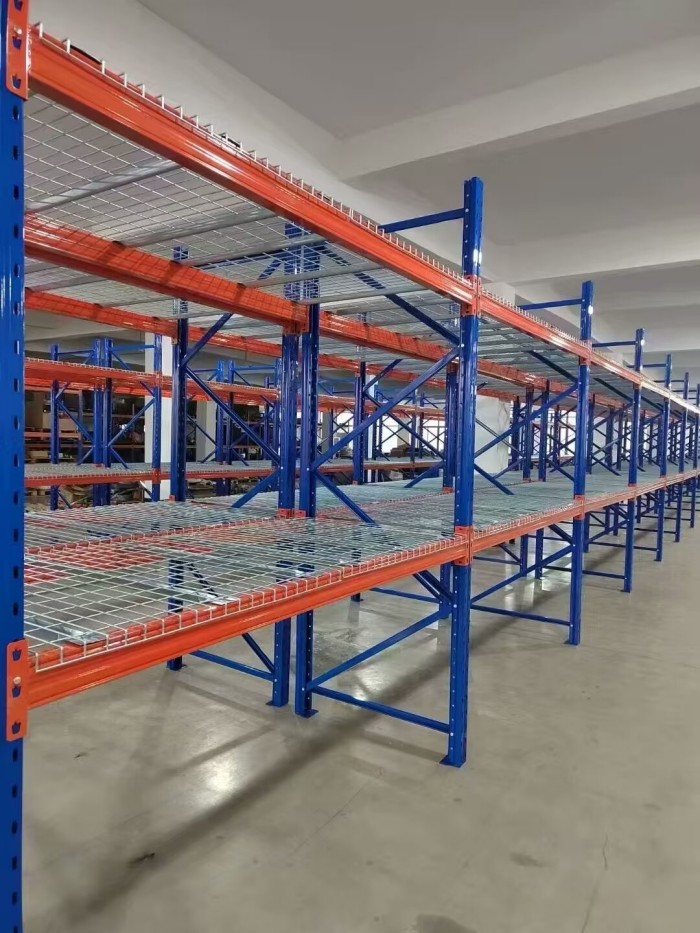Waterproofing is a critical aspect of building construction, ensuring the longevity and durability of structures. With a plethora of materials available, choosing the best one can be a daunting task. In this article, we will delve into the world of waterproofing materials, exploring their properties, advantages, and applications. By the end, you will have a comprehensive understanding of the best material for waterproofing buildings.
- Understanding the Requirements:
Before delving into the best material, it is crucial to understand the requirements for waterproofing buildings. Factors such as climate, building type, and usage play a significant role in determining the ideal material. By considering these factors, we can narrow down our options and make an informed decision. - The Versatility of Polyurethane:
Polyurethane, a synthetic material, has gained immense popularity in the construction industry due to its exceptional waterproofing properties. Its versatility allows it to be applied to various surfaces, including concrete, metal, and wood. Additionally, it offers excellent resistance to UV rays, chemicals, and extreme weather conditions. - The Power of Bituminous Membranes:
Bituminous membranes, commonly known as asphalt or tar membranes, have been used for waterproofing buildings for decades. These membranes consist of layers of bitumen and reinforcement materials, providing exceptional waterproofing capabilities. They are particularly suitable for flat roofs and basements, offering long-lasting protection against water infiltration. - The Reliability of Cementitious Coatings:
Cementitious coatings, made from a mixture of cement, sand, and polymers, provide a reliable solution for waterproofing buildings. These coatings form a protective barrier, preventing water penetration while allowing the structure to breathe. Cementitious coatings are commonly used in areas prone to high humidity, such as bathrooms and swimming pools. - The Innovation of Liquid Applied Membranes:
Liquid applied membranes, often based on polymer-modified bitumen or acrylics, offer a seamless and flexible solution for waterproofing. These membranes can be easily applied to complex geometries, ensuring complete coverage and protection. They are ideal for roofs, balconies, and terraces, providing a durable and long-lasting waterproofing solution. - The Sustainability of Green Roofs:
Green roofs, also known as vegetative roofs, have gained popularity not only for their aesthetic appeal but also for their waterproofing capabilities. By incorporating vegetation and a waterproofing layer, green roofs provide natural insulation and reduce stormwater runoff. They are particularly suitable for urban areas, combating the heat island effect and promoting environmental sustainability.
Conclusion:
In the quest for the best material for waterproofing buildings, several options stand out. Polyurethane, bituminous membranes, cementitious coatings, liquid applied membranes, and green roofs each offer unique advantages and applications. By carefully considering the requirements and characteristics of the building, one can make an informed decision to ensure long-lasting waterproofing protection. Remember, the best material is the one that aligns with the specific needs of the project, providing both functionality and durability.



